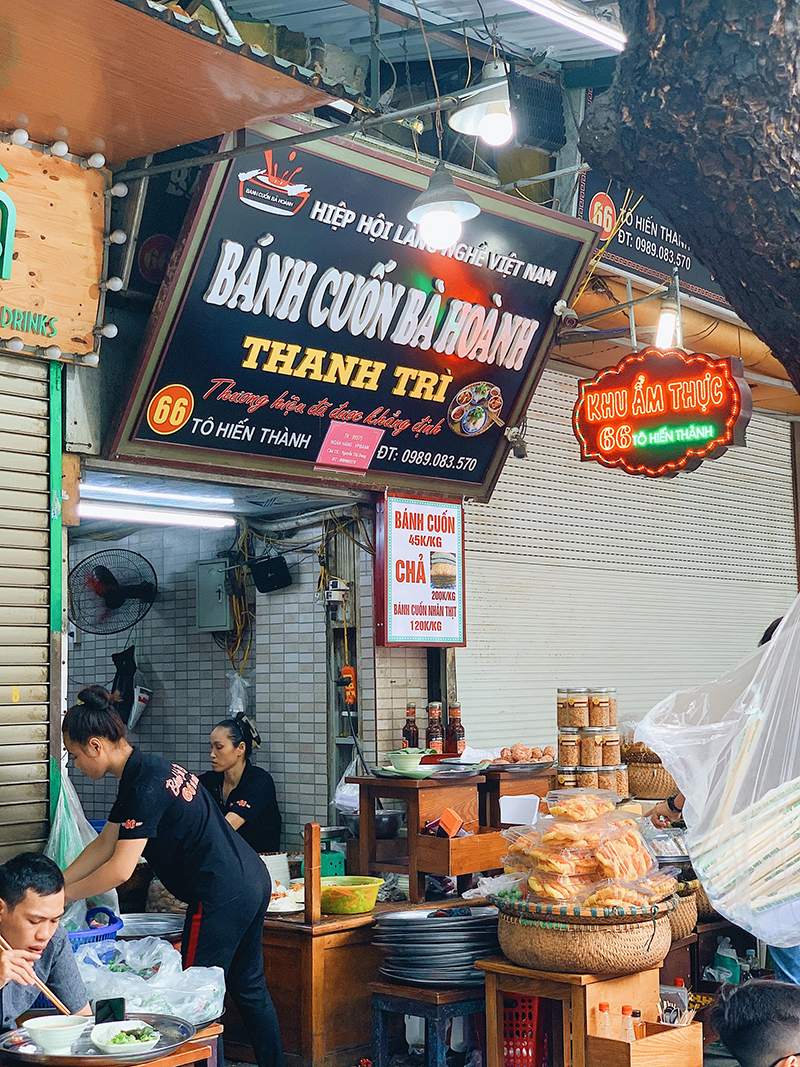Bánh cuốn (Vietnamese Rice Rolls)
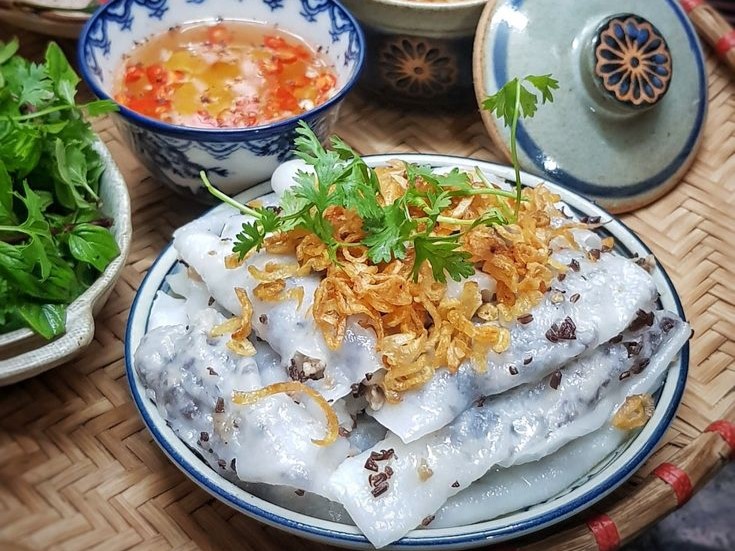
Ingredients
Wrapper Batter
-
200g wheat flour
-
200g tapioca starch
-
Water (adjusted for thin, pourable consistency)
Filling
-
300g ground pork
-
50g soaked and finely chopped wood ear mushrooms
-
1 jicama (peeled and finely shredded)
-
1 carrot (grated or julienned)
-
1 onion (finely diced)
-
3 shallots (minced)
-
3 scallions (chopped)
-
4 garlic cloves (minced)
Seasoning & Oil
-
Salt, sugar, seasoning powder, ground pepper to taste
-
Cooking oil (for sautéing and brushing)
Nutritional Information
For: Omnivores
Calories per serving: ~300–350 kcal (per plate with full filling and garnish)
Key Nutrients
1. Carbohydrates (40–45g)
- Source: Wheat flour + tapioca starch
- Benefits: Provides energy; wheat flour gives structure while tapioca adds elasticity and smooth texture.
2. Protein (14–18g)
- Source: Ground pork
- Benefits: Supports muscle growth, immune defense, and satiety.
3. Fiber (3–4g)
- Source: Jicama, carrot, onion, and wood ear mushrooms
- Benefits: Promotes digestive health, balances blood sugar, and helps you feel full longer.
4. Healthy Fats (5–7g)
- Source: Cooking oil + pork fat
- Benefits: Enhances flavor and supports the absorption of fat-soluble vitamins (A, D, E, K).
5. Antioxidants & Phytochemicals
-
Polyphenols (from onion): May reduce inflammation and support heart health
-
Polysaccharides (from wood ear mushrooms): May support immune function and gut microbiota balance
-
Allicin (from shallots and garlic): Supports cardiovascular health and detoxification
-
Beta-carotene (from carrot): Converts to vitamin A, important for vision and immunity
6. Essential Minerals
-
Iron & Zinc (from pork): Help with oxygen transport and immune support
-
Potassium & Magnesium (from vegetables): Regulate muscle contraction and nerve function
-
Sodium (from seasoning): Essential in small amounts for hydration and nerve signaling
1. Prepare the ingredients
-
Peel and finely dice onion, garlic, and shallots.
-
Trim scallions, wash, and chop finely.
-
Peel jicama and carrot, then julienne into thin strips. To reduce excess moisture, toss them with ½ tablespoon of salt, let sit for 5 minutes, rinse, and squeeze dry.
-
Soak wood ear mushrooms in warm water for 20 minutes until fully expanded, then rinse, trim the stems, and chop finely.
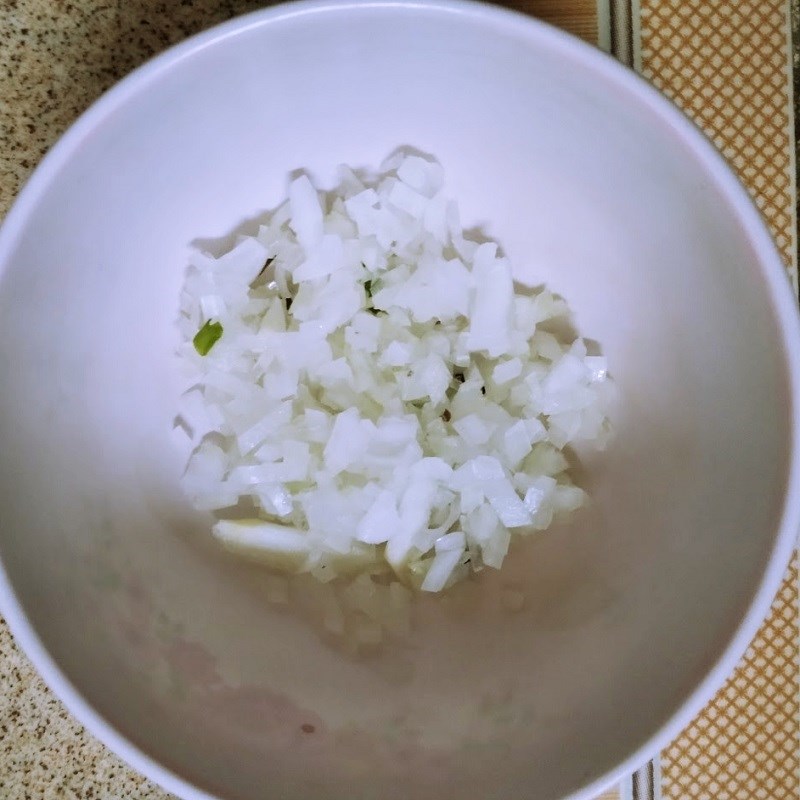
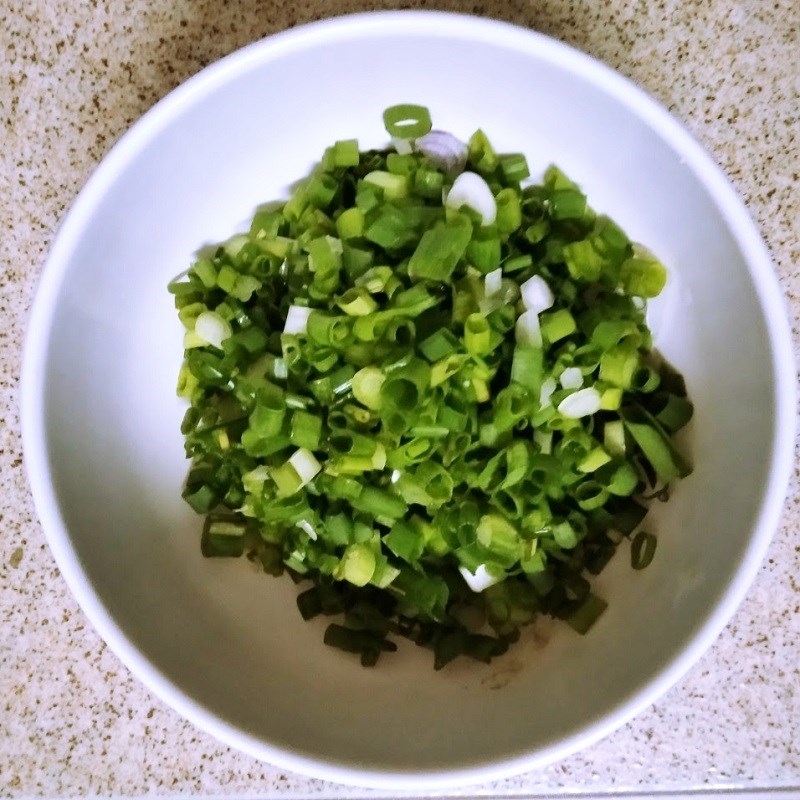
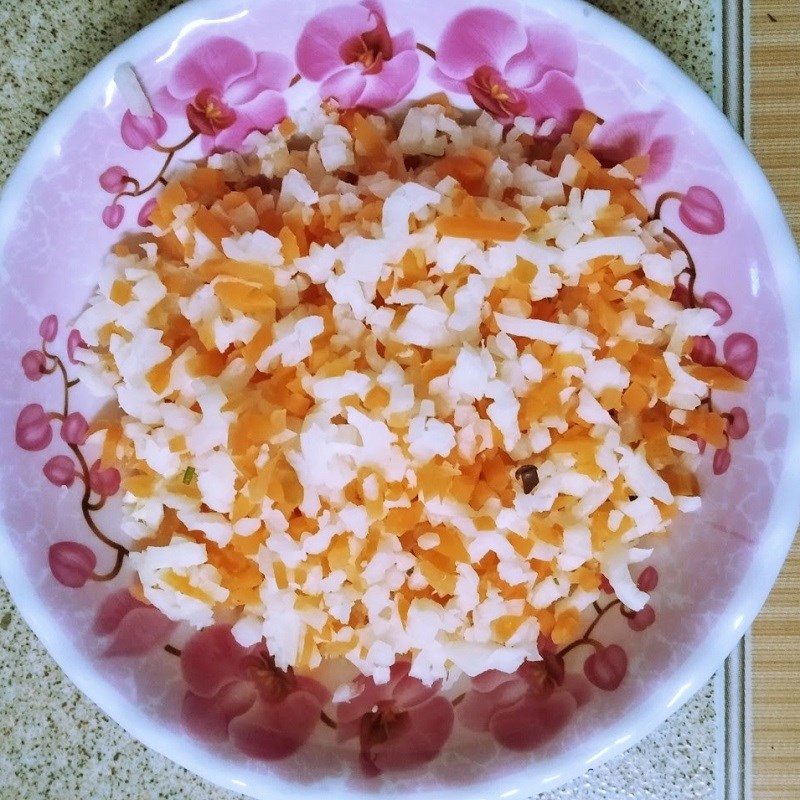
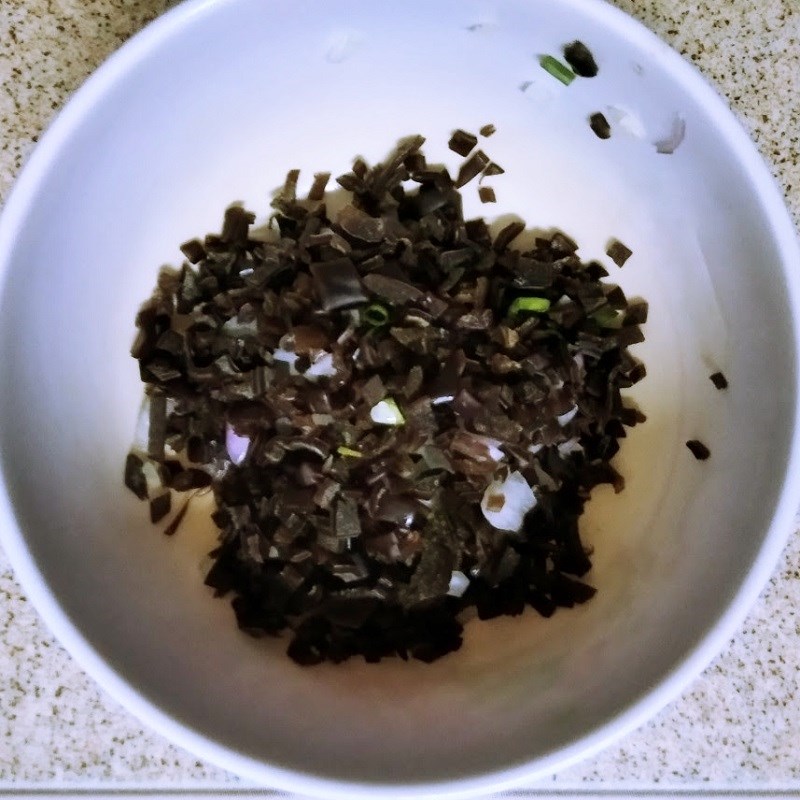
2. Cook the filling
-
Heat 1 tablespoon of oil in a pan over medium heat.
-
Sauté shallots and garlic until fragrant, then add ground pork and stir-fry until the meat is cooked.
-
Add diced onion, scallions, jicama, and carrot. Stir-fry together.
-
Season with:
-
2 teaspoons seasoning powder
-
1 teaspoon sugar
-
1 teaspoon ground pepper
-
-
Mix well and cook until the mixture is dry and evenly cooked. Adjust seasoning to taste.
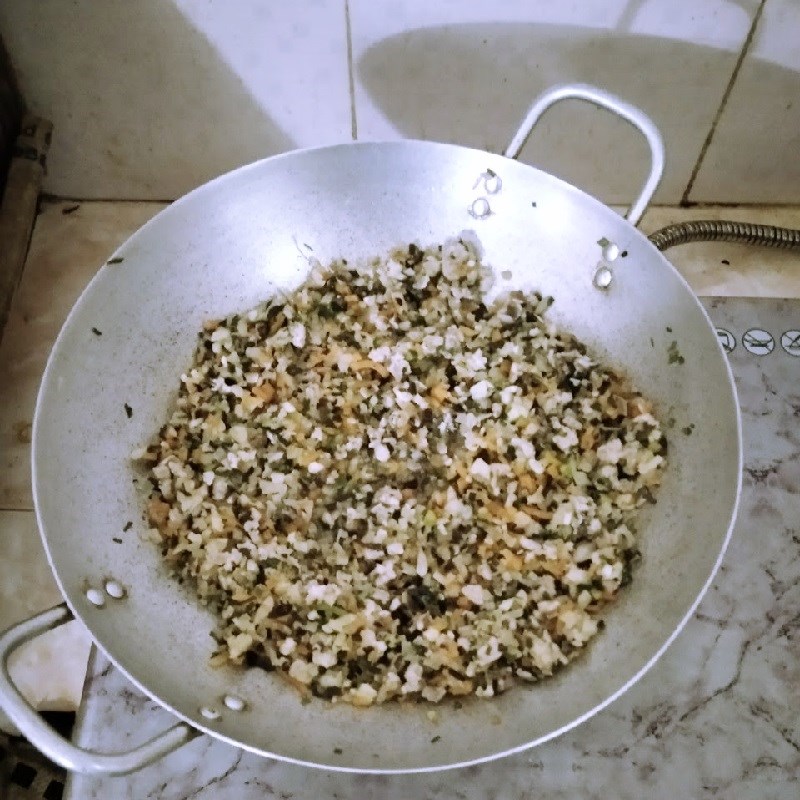
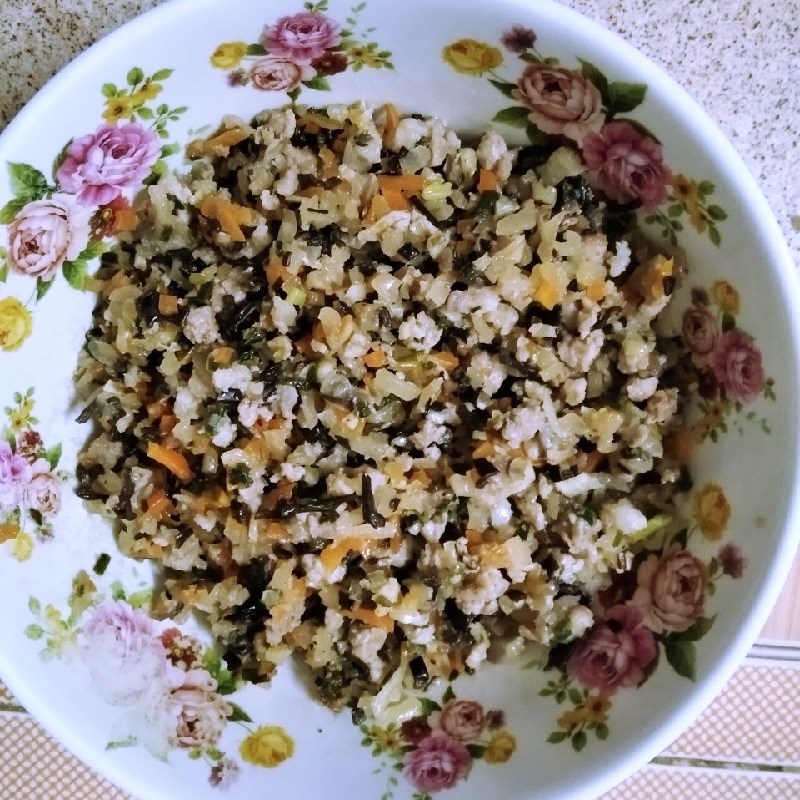
3. Prepare the batter and make the rolls
-
In a mixing bowl, combine:
-
200g wheat flour
-
200g tapioca starch
-
800ml water (added gradually while stirring until smooth)
-
-
Let the batter rest for 20 minutes.
-
Heat a non-stick pan over high heat. Brush lightly with oil.
-
Pour in one ladle of batter and tilt the pan to coat it evenly.
-
Once the crepe is cooked and the edges lift, remove it and place it on a banana leaf or clean tray.
-
Add a spoonful of filling in the center and roll tightly. Repeat with remaining batter and filling.

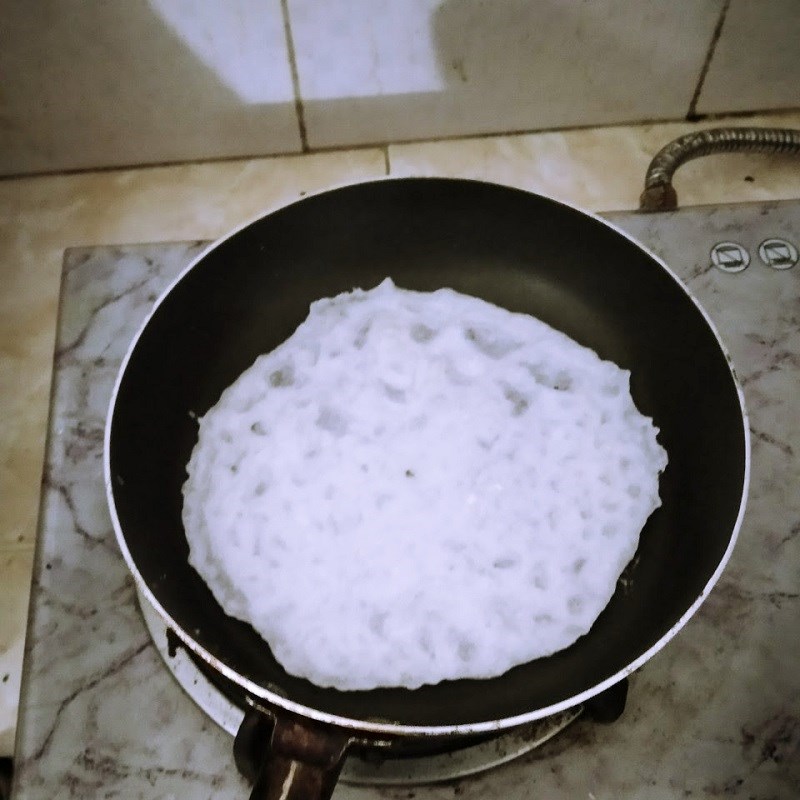
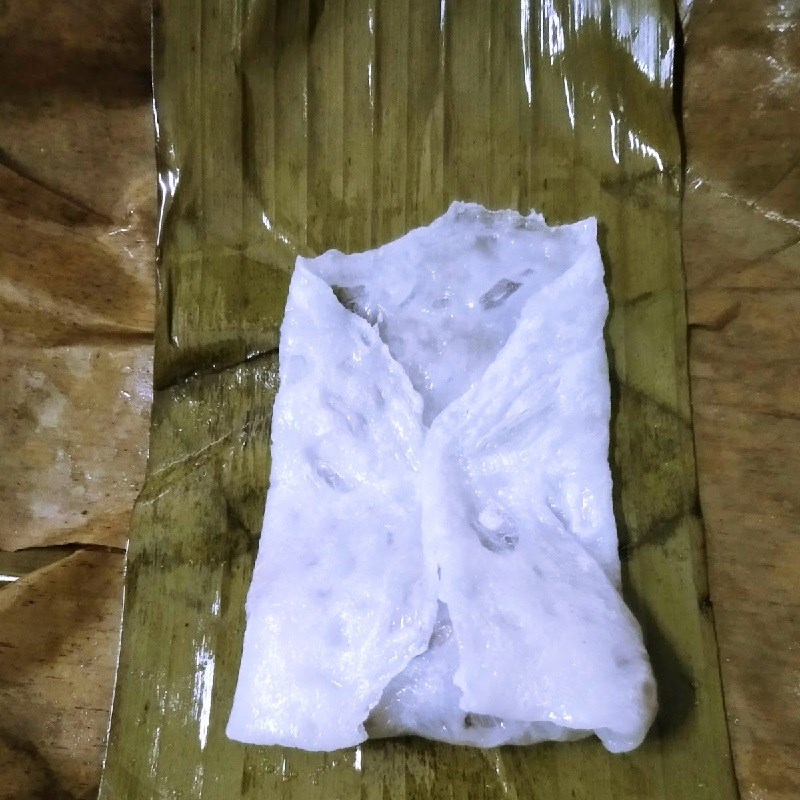

4. Final Product
-
The finished rice rolls will have a soft, slightly chewy wrapper and a savory, slightly sweet filling.
-
Serve warm with sweet and sour fish sauce (nước mắm chua ngọt).
-
Optional toppings: blanched bean sprouts, fresh herbs, cucumber slices, Vietnamese pork rolls (chả lụa), or fried shallots for extra flavor and nutrition.
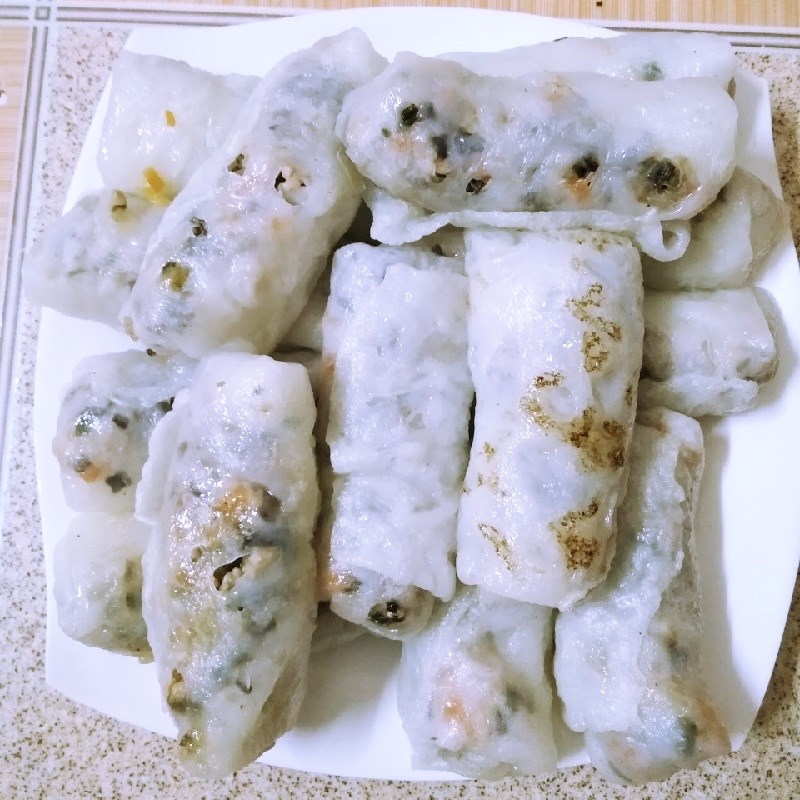
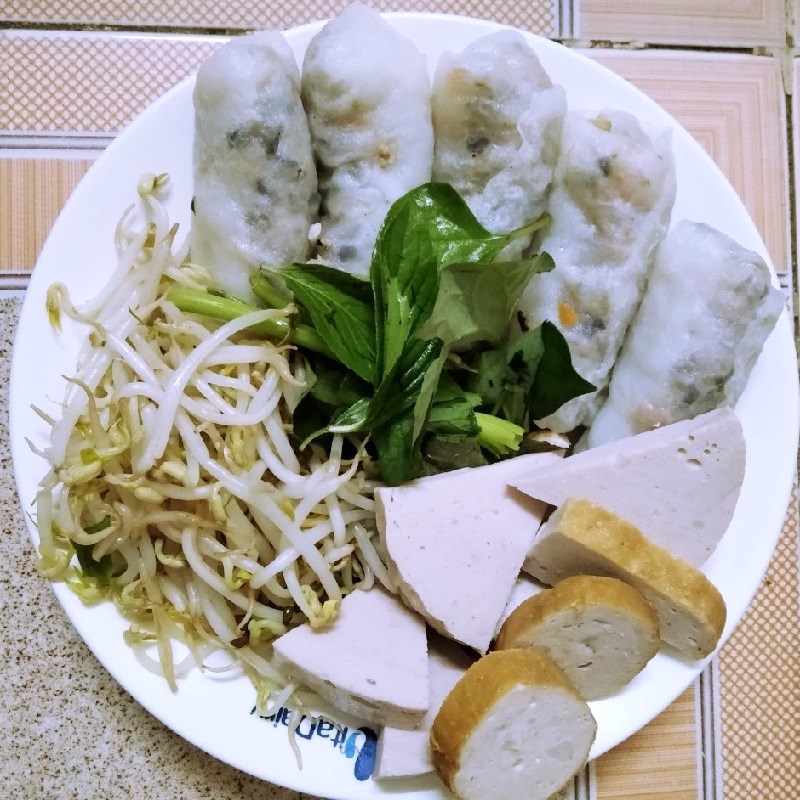
Bánh Cuốn – A Delicate Roll of Tradition
In the quiet early hours of a Vietnamese morning, before the streets grow noisy with motorbikes and market chatter, a familiar sound echoes from a humble food stall — the soft hiss of steam rising from a thin cloth stretched over boiling water. That’s the beginning of bánh cuốn, a dish as delicate in form as it is rich in heritage.
Bánh cuốn is more than just food — it’s a gentle memory of home. These silky rice rolls, paper-thin and translucent, are filled with a savory mixture of ground pork and wood ear mushrooms, then carefully rolled and topped with crispy shallots. They’re always served warm, alongside slices of chả lụa (Vietnamese pork sausage), fresh herbs, and a bowl of nước chấm — the iconic sweet-salty dipping sauce that ties every element together.
Originating in northern Vietnam, bánh cuốn speaks of precision and patience. The skill of pouring the right amount of batter, spreading it evenly, and lifting the cooked sheet in one smooth motion — it’s an art passed down from generation to generation.
But beyond the technique, bánh cuốn is about connection. It’s the kind of breakfast that brings families together at a tiny table, the kind of dish that reminds a homesick traveler of their mother’s gentle hands. In each soft bite, there is care, comfort, and the quiet persistence of Vietnamese culinary tradition.
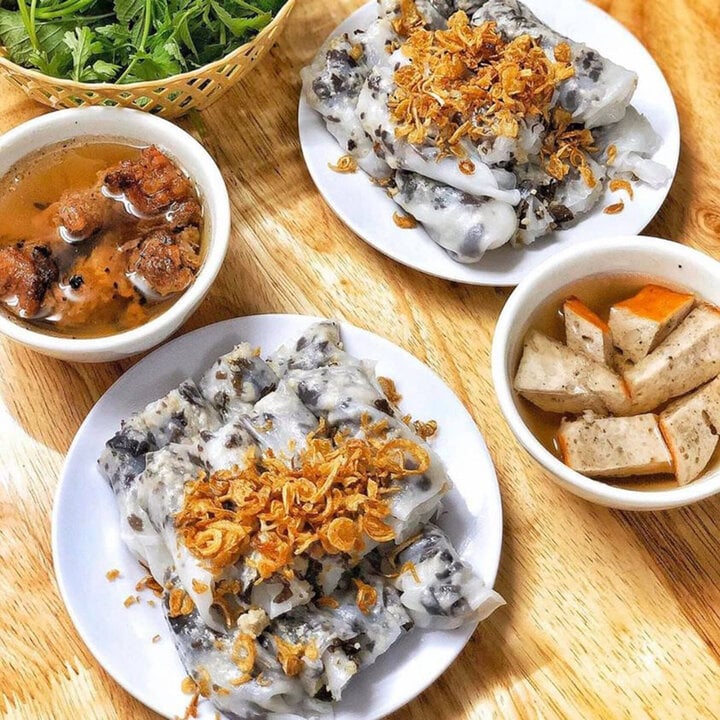

(Traditional Vietnamese Rice Rolls)
Our choices
Bánh cuốn Bà Hoành
